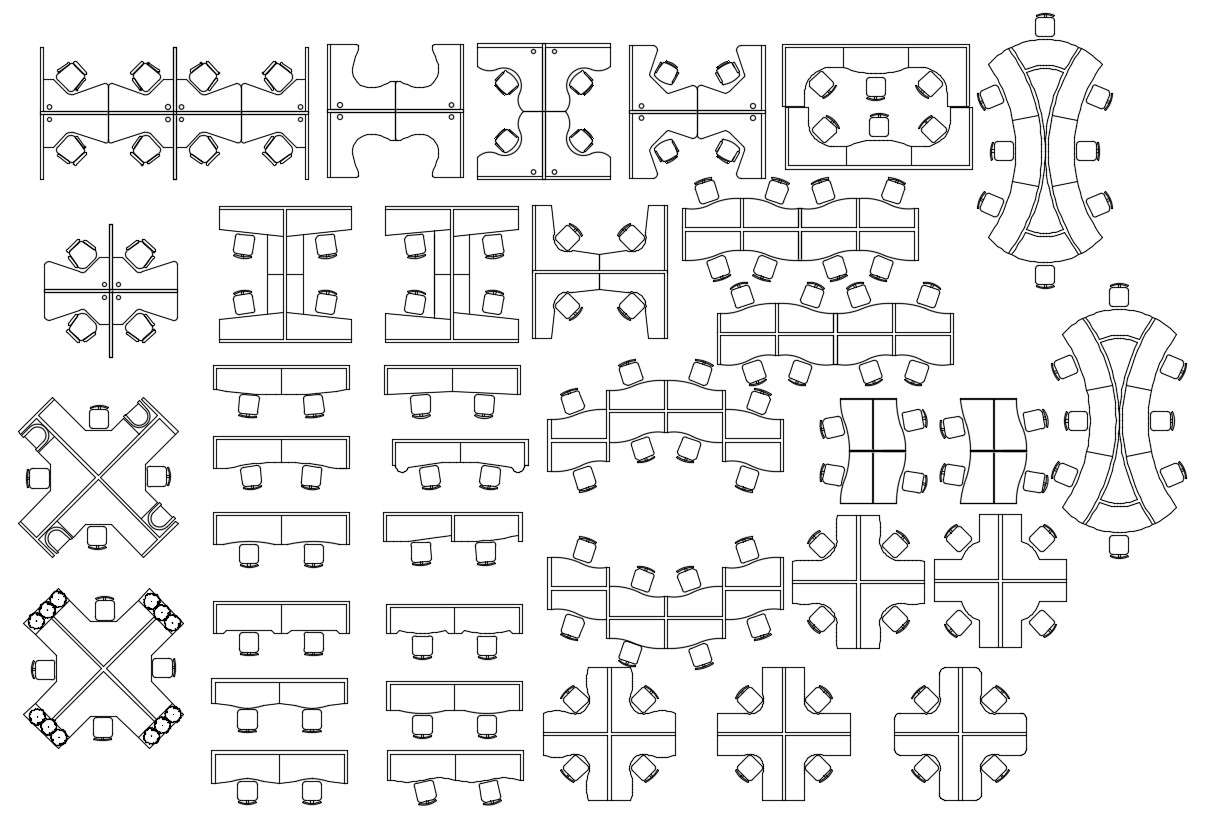
I started with this video FreeCAD Assembly4 and animation the easy way and it looks easy but it is really bad because the guy does everything wrong. Because when I de-select the LCS, then I get the 3 colors but the button in the Placement panes does not work - because the LCS is not selected. And only THEN do I play with the translation offset

What I actually do is to wildly click on all three 90° buttons until I get the desired orientation. Try to click in the 3D window somewhere to de-select it

So I don't see where X, Y and Z axes are moving when I play with the angles.īecause the LCS has all 3 axes IN GREEN COLOR Because the LCS has all 3 axes IN GREEN COLOR. I have to keep them in my head because even when I do one step at the time, I cannot see the result in the visualization in the main window. The problem I have is that I cannot keep these 3 coordinate systems in my head. You see these are 2 rotations that need to be done to transform these two coordinate systems one into the other (using Euler angles). Z axis must be in +Y axis direction of base CSĩ0 around X gets both Y and Z axes in place Y axis must be in +Z axis direction of base CS X axis must be in -X axis direction of base CS So I moved to the Euler angles which I can understand but not calculate. I don't really know anything about what that means there.
ASSEMBLY 4 CAD HOW TO
I would not know how to calculate the Angle and Axis values as they appear in the Properties tab. Regarding the Euler angles, my questions are these, and they still seem to be relevant: What would be the best procedure for such Placement? I could think of a formula that converts relative points as described above into that Quaternion as required so I do not have to wrestle with Euler angles.Įnter the position manually (in the Property View tab" Since everything else seems to be so well thought-out, I might be missing something. I would find it easier to enter X, Y, Z (in old system coordinates) distances (relative points) starting from the new origin of the LCS to define the orientation of the LCS. I can only survive this by recording the Euler angles separately and re-enter them. So FreeCAD seems to try the recovery (because it remembers my Euler Angle choice), fails and "re-enters" the bad Euler values and subsequently creates a bad Quaternion, overwriting the good one.įor me, all this combined turns this seemingly trivial use case into a nightmare. See How to convert Euler angles to Quaternions and get the same Euler angles back from Quaternions?. But Euler Angles cannot be recovered from a Quaternion. Problem 4) Seems to be fundamental: FreeCAD stores rotation in a Quaterinon.
ASSEMBLY 4 CAD TRIAL
with parameterized position in Translation (don't what Center is so leave it alone).ġ) The generated coordinate system has all 3 axes in green color, so I do not see the effect of my inputĢ) As my LCS is not aligned with the coordinate system in the origin, I need to enter Euler angles which are the result of 2 separate rotations (in my head)ģ) I don't know what the Euler angles are so I need to use trial and errorĤ) After I entered the Euler angles successfully, they get lost later when I change other parameters that should not change them.
ASSEMBLY 4 CAD UPDATE
In the properties of the Local Coordinate System, update Placement AttachEngine3D: link points to something that is not App::GeoFeature" Here, there is already an error in the Tasks tab: "Error: Failed to resolve links. Consequently, Attachment mode: is Deactivated In the Tasks tab "Attachment" select the origin Menu|Assembly|Create Datum Obect|New Coordinate System

The aim is to create a LCS in relation to the Coordinate System in the Origin of the part, because the LCS floats in space without touching any features of the part. The creation of a Local Coordinate System (LCS) that is NOT attached to a feature of the part.

However I cannot find an easy solution to this seemingly easy problem: I am really pleased with the fantastic features and how well it works. I successfully created an assembly, using instructions at FreeCAD Assembly 4 Tutorial 1.


 0 kommentar(er)
0 kommentar(er)
